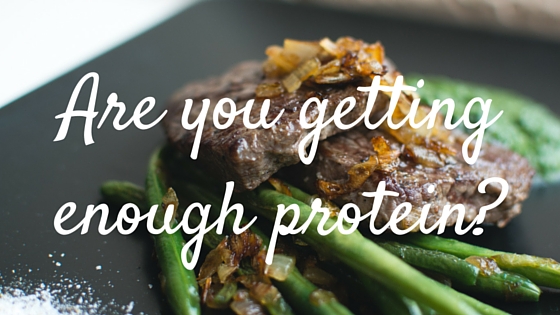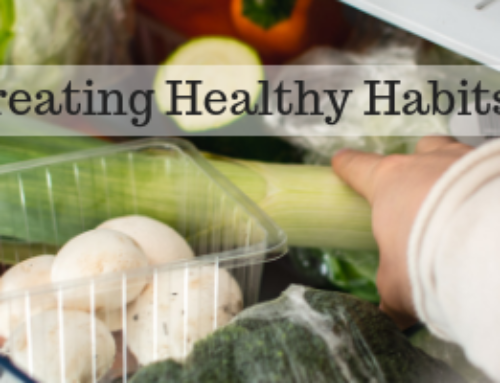Did you get a serving of protein at each meal today? — A nutritional point I often emphasize to every client with whom I meet. You probably know that protein is absolutely essential for your metabolism to properly function. And protein intake and individual need is often one of the first nutritional topics I address with every new client. If you come to see me in my practice, I will often preform a body fat analysis and determine how much of your body is lean verses fat. Then I base your optimal daily protein intake based on how much lean tissue you have. This gives you a precise guide for individualizing your protein intake to your specific needs.
However, I find that many people do not eat enough protein for optimal performance and metabolic needs. Protein can also serve purposes beyond providing the amino acids necessary for the metabolism. For instance, it is my go-to-nutrient for sequestering hunger and cravings! I find when protein is had at every meal, a person can go longer without food, concentrate on their work, and cut those pesky afternoon cravings. Doesn’t that sound good? Here are some tips for optimizing your protein intake:
Tips on Protein Intake:
How Much? At each meal, most adults need at least 2-3 ounces or 15 – 20 grams of concentrated protein food. 3-ounces is about the size of a deck of cards. This recommendation can increase when a person has more lean mass and/or higher activity levels. The more active you are, the more protein your body needs. Sources for concentrated proteins include: meats, poultry, fish, eggs, plain yogurt, cottage cheese, tofu, tempeh, or protein powders. Foods that provide less concentrated protein include: nuts, seeds, nut butters, cheese, and beans. I don’t recommend soy protein powder, which can contain high amounts of phytoestrogens. If you are looking for a vegetarian protein powder then I would suggest one made from legumes. Have at least two protein-containing meals daily, but ideally have three protein-containing meals.
Eat Clean. Opt for organic/free-range/grass-fed animal products over conventionally raised animal products when possible. Animals are higher on the food chain, thus if they are eating soybean meal and corn that has been sprayed with pesticides, they will be ingesting those pesticide residues, and potentially storing some of them in their tissues. Animal products are the one area where you should spend a little more, if you can, and opt for organic/free-range/grass-fed.
Make a Shake. I find individuals have the hardest time getting their protein in the morning. Making a protein shake for breakfast can be an easy, yummy, and healthy way to get it in. My go to protein powders are Whey Cool or Paleomeal. The whey versions of these protein powders use milk that comes from cows that exclusively feed on grass. The cows are never given hormones or genetically modified organisms. Paleomeal also comes in a Dairy-Free version called Paleomeal DF for those avoiding dairy.
Basic Shake Recipe
- 1 cup frozen berries
- 1 scoop Chocolate or Vanilla Whey Cool or Paleomeal
- 1 ½ cups of unsweetened almond milk, coconut milk, or organic cow’s milk
Add variety and nutritional density with these additions, mix and match as you like:
- 1 handful of fresh greens – spinach, kale
- 1 T of ground flaxseed, chia seed or Paleofiber for extra fiber
- 1 T almond, cashew, or hazelnut butter
- 1 – 2 tsp cocoa powder or raw cacao powder
- ¼ – ½ avocado
- ½ cooked beet
Please let me know in the comments below if you have any questions. Happy Eating!
If you enjoyed this blog post, please share with a friend!







